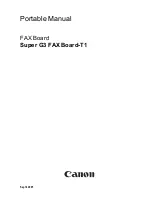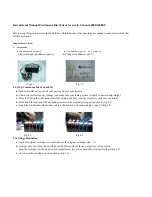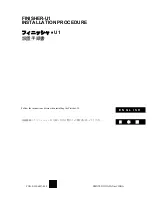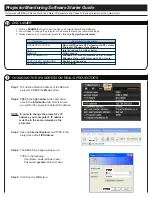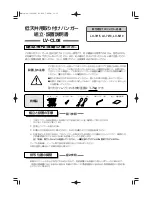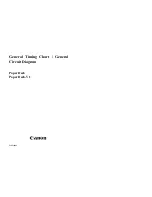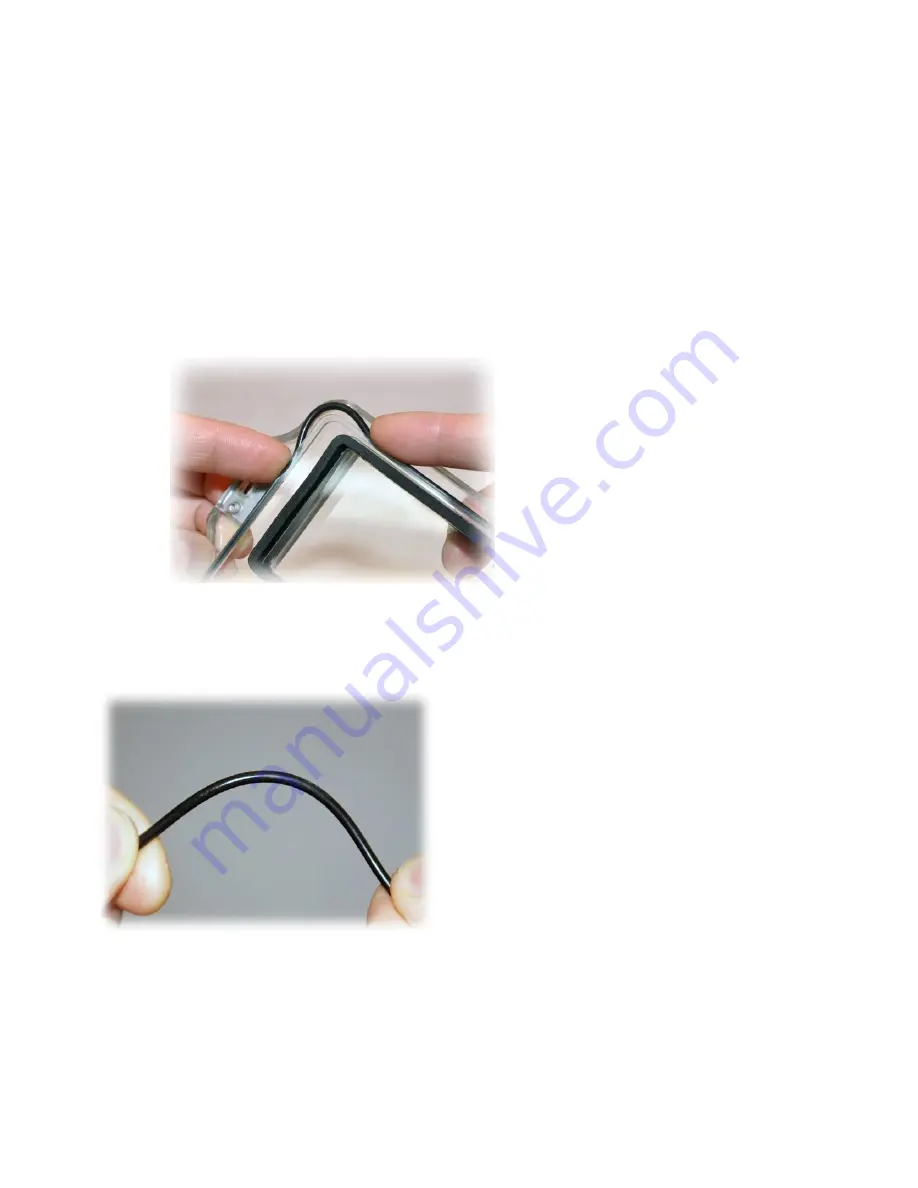
13
Inspection, Cleaning and Re-installation of the O-rings
Tools
·
Soft cotton buds that are free of chemicals or contaminants such as loose fibers.
·
Silicone grease supplied with the housing or other types of silicone grease specifically for underwater
camera equipment can also be used.
Procedure
The following procedure should be carried out on a clean, firm, level surface (e.g., on a table) to prevent
slipping especially when diving from a boat.
·
The O-ring can be extracted using the O-ring extractor tool that came with the housing, or push with
the flats of both thumbs or index fingers to gently stretch the O-ring on two adjacent sides thus
making a small loop protruding around the corner. The loop can then be grasped and the O-ring pulled
over the lip.
·
Clean the O-ring recess (the square groove where the O-ring sits) with a cotton bud.
·
Inspect the surface of the O-ring for contaminants and damages such as cuts or tears. This should be done
visually and by running the O-ring between thumb and index finger, sensing any textural abnormalities on
the surface.
·
If the O-ring is damaged or suspected of being damaged, discard it immediately
.
·
Spare O-rings are supplied with your housing, or replacement O-rings can be ordered from 10Bar.
·
If the O-ring is contaminated, clean it with a clean cloth.
·
Re-inspect the O-ring after cleaning.
·
Once the O-ring has been inspected and verified good for use, apply and distribute evenly a
SMALL
amount of silicone grease to the surface of the O-ring.
·
Replace the O-ring into the groove.
·
Run a finger over the O-ring to make sure it is seated properly.


















